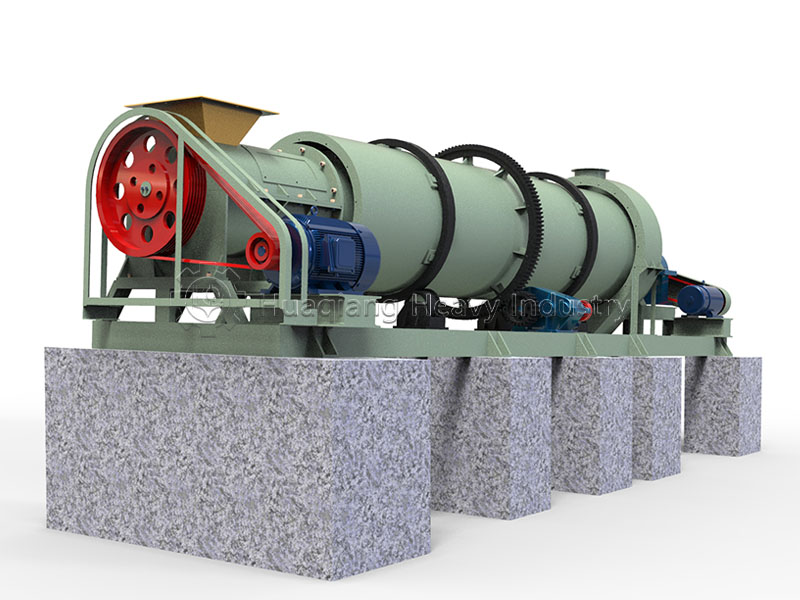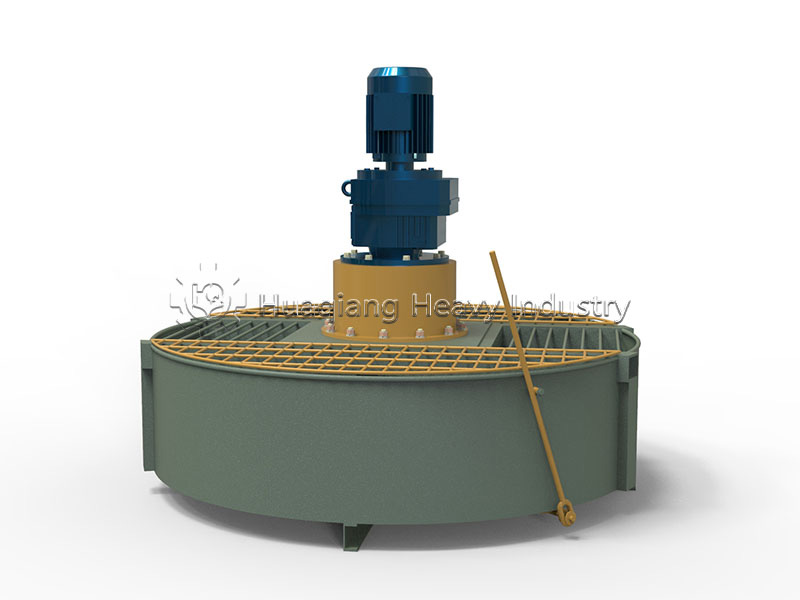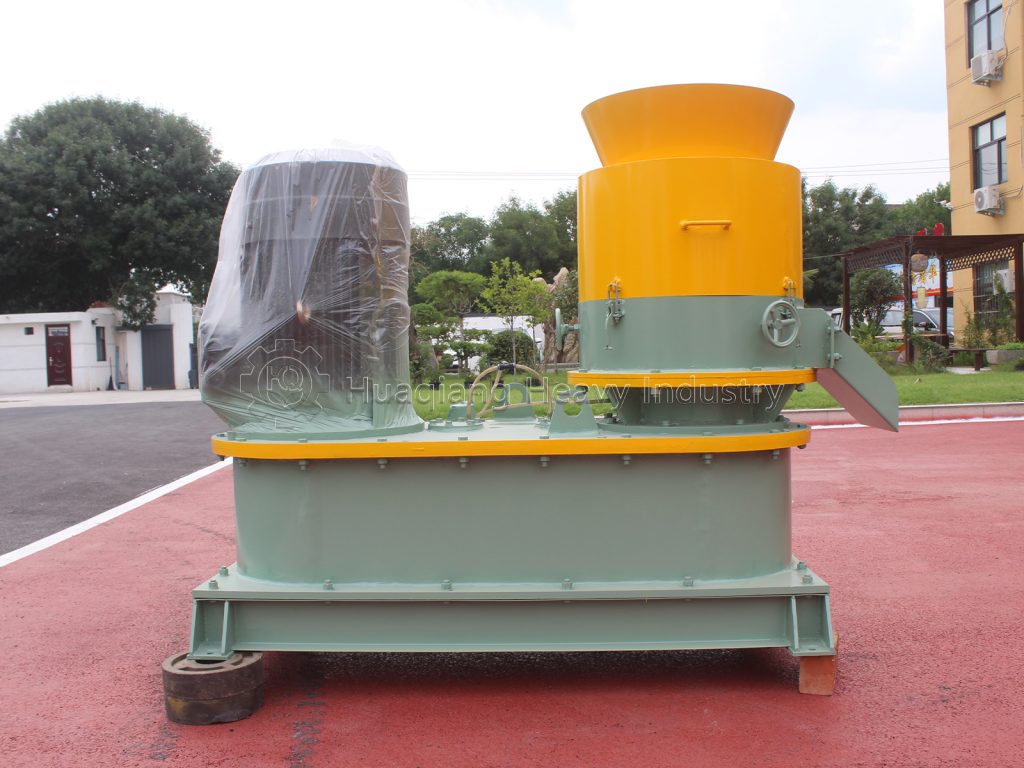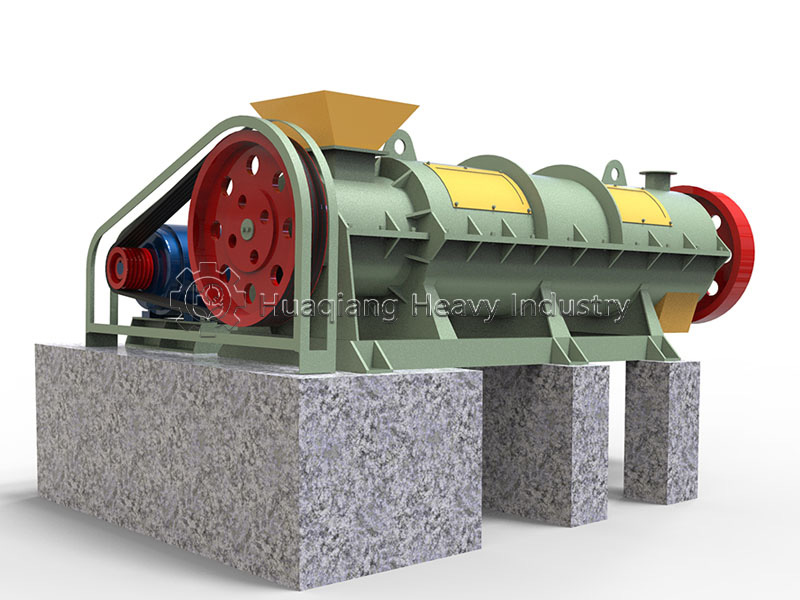The ring die pelleting machine is the core equipment in an organic fertilizer production line. Its smooth operation is key to both production efficiency and product quality. This article details the repair measures organic fertilizer plants use to keep ring die pellet mills running steadily.
1.Troubleshooting and Repairing Common Issues
Poor discharge: Check if the die compression ratio matches the material properties. Clear blocked die holes and replace severely worn ring dies when needed.
Poor pellet formation: Adjust material moisture to 30–40%. Check the roller gap (usually 0.1–0.3 mm) and ensure proper fit between rollers and the die.
Abnormal vibration: Stop the machine immediately. Inspect the main shaft bearings, replace damaged ones, and recalibrate dynamic balance.
2.Preventive Maintenance
Regular lubrication: Check the lubrication system every 8 hours. Use high-temperature lithium-based grease and ensure bearing temperatures stay below 65°C.
Wear-part monitoring: Track roller and die wear. Consider replacing them if output drops by 15% or energy use rises by 20%.
Daily cleaning: Thoroughly clear residue after each shutdown to prevent material caking during startup.

3.Optimizing Operating Parameters
Adjust key settings based on material properties:
Main shaft speed: 60–120 rpm
Working pressure: 6–12 MPa
Material particle size: ≤3 mm
By applying these repair and maintenance steps, organic fertilizer plants can significantly boost ring die pelleting machine stability, extend equipment life, and cut energy use. Regular upkeep reduces unplanned downtime and ensures consistent pellet quality.








